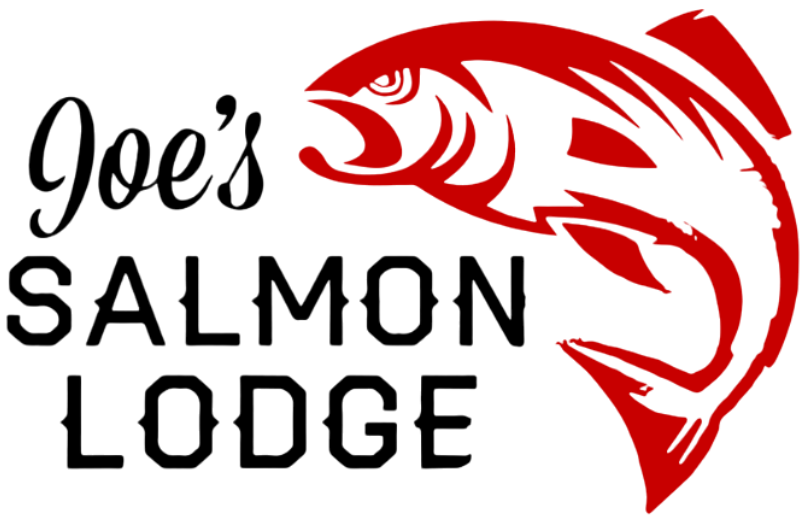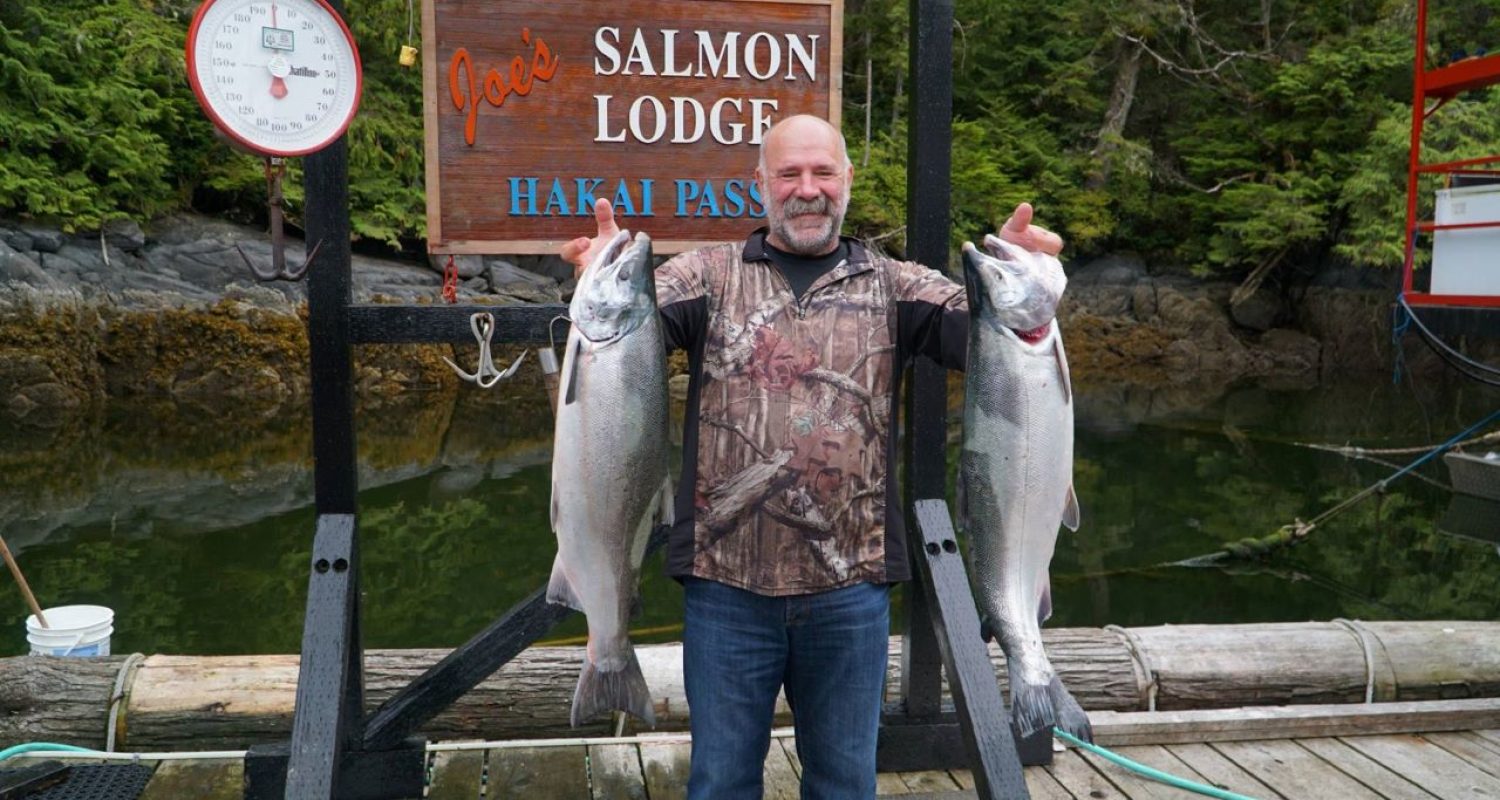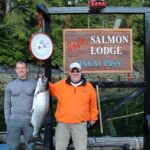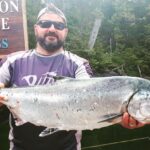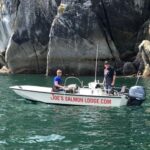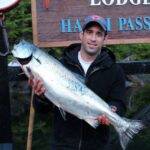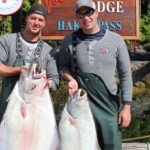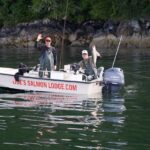Unveiling Nature's Cycle: The Coho Salmon Spawning Season in British Columbia
In the intricate dance of nature, the spawning season of Coho salmon in British Columbia is a captivating spectacle that underscores the resilience and beauty of this iconic species. As autumn colors paint the landscape, Coho salmon embark on a remarkable journey from the open ocean to the freshwater rivers and streams of BC, where they fulfill their ancient instinct to spawn and perpetuate their legacy. In this article, we’ll delve into the fascinating world of Coho salmon spawning in British Columbia, exploring the timing, behaviors, and ecological significance of this annual event.
Understanding the Life Cycle of Coho Salmon: Coho salmon, also known as silver salmon, are an anadromous species, meaning they are born in freshwater, migrate to the ocean to mature, and return to freshwater to spawn. The life cycle of Coho salmon begins when adult fish migrate upstream from the ocean to spawn in freshwater rivers and streams. After spawning, the adult salmon die, and their offspring hatch from eggs laid in gravel nests called redds. These young salmon, known as fry, spend the first year of their lives in freshwater before migrating to the ocean to mature.
Timing of the Coho Salmon Spawning Season: The Coho salmon spawning season in British Columbia typically occurs from late September to early December, with peak spawning activity occurring in October and November. This timing coincides with the onset of autumn rains and cooler temperatures, which trigger the instinctual behaviors that guide salmon back to their natal streams. Coho salmon are known for their remarkable ability to navigate upstream against strong currents and leap over obstacles such as waterfalls and rapids to reach their spawning grounds.
Behavior of Spawning Coho Salmon: During the spawning season, male and female Coho salmon exhibit distinct behaviors as they prepare to reproduce. Male salmon, known as bucks, develop hooked jaws and vibrant colors as they compete for access to spawning females. Female salmon, known as hens, select suitable gravel beds in shallow riffles or pools to build their redds and deposit their eggs. Once the eggs are laid and fertilized by the male, the female covers them with gravel to protect them from predators and the elements.
Ecological Significance of Coho Salmon Spawning: The spawning migration of Coho salmon plays a vital role in the health and diversity of freshwater ecosystems in British Columbia. As salmon return to their natal streams to spawn, they bring with them nutrients from the ocean that enrich the freshwater habitat and provide essential food sources for a variety of organisms, including insects, birds, and mammals. Additionally, the decomposition of salmon carcasses after spawning contributes to the fertility of the streambed and helps sustain future generations of salmon and other aquatic species.
Challenges Facing Coho Salmon Spawning: Despite their remarkable adaptability and resilience, Coho salmon face numerous challenges during the spawning season, including habitat degradation, pollution, overfishing, and climate change. Loss of spawning habitat due to urban development, agriculture, and logging can disrupt salmon migration routes and limit access to suitable spawning grounds. Pollution from industrial runoff and agricultural runoff can degrade water quality and harm salmon eggs and fry. Overfishing and climate change pose additional threats to salmon populations by reducing food availability and altering ocean conditions.
Conservation Efforts to Protect Coho Salmon: Conservation efforts aimed at protecting Coho salmon and their spawning habitat are essential for ensuring the long-term survival of this iconic species in British Columbia. Fisheries management practices such as habitat restoration, pollution control, and sustainable fishing quotas are critical for maintaining healthy salmon populations and preserving the integrity of freshwater ecosystems. Additionally, community engagement and public education initiatives can raise awareness about the importance of Coho salmon and inspire action to protect their spawning habitat for future generations.
The Coho salmon spawning season in British Columbia is a testament to the enduring power of nature and the intricate web of life that sustains our planet. As salmon return to their natal streams to spawn, they bring with them a legacy of resilience, adaptability, and perseverance that inspires awe and reverence in all who witness their journey. By understanding the timing, behaviors, and ecological significance of Coho salmon spawning, we can better appreciate the vital role that these iconic fish play in the health and diversity of freshwater ecosystems in British Columbia and beyond.
